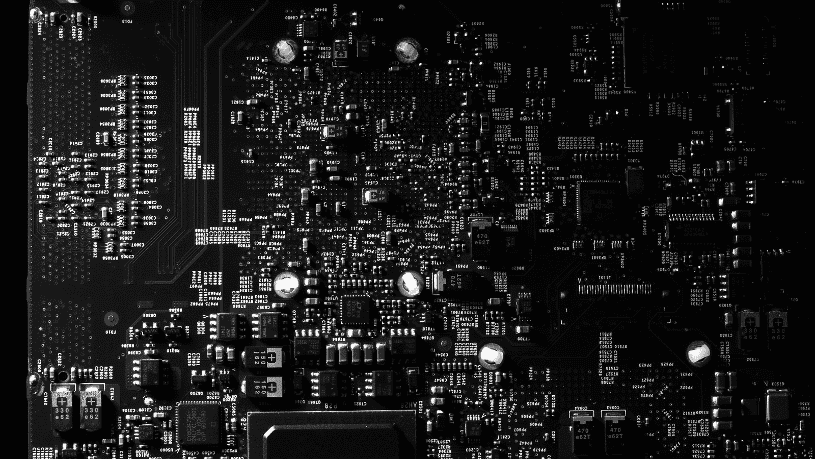In the current digital era, the concept of a digital twin has become a key piece of digital transformation across multiple industries. Through this article, we will delve into what a digital twin is, its essential components, and the varied and complex uses it can offer.
What is a digital twin?
A digital twin is a dynamic and real-time virtual representation of a physical object, process, or system. It functions as a digital mirror that reflects not just the physical structure but also the behavior and life cycle of the physical asset. Fed by continuous data collected by sensors, the digital twin can simulate, predict, and optimize operations and processes before they are implemented in the real world.
Components of a Digital Twin
Virtual Model
It is the digital representation of the physical asset. This model is designed with precision and details all the characteristics and technical specifications, from the geometry to the material properties.
Data and Sensors
Data is the core of a digital twin. Sensors and IoT (Internet of Things) devices collect real-time data from the asset, including its operational status, wear and tear, temperature, pressure, and more.
Connectivity
For a digital twin to function correctly, there must be a connectivity infrastructure that allows the fluid transmission of data between the physical asset and its virtual replica.
Integration Platform
A platform that integrates and analyzes the collected data. It uses Big Data technologies, AI (Artificial Intelligence), and Machine Learning to process and interpret the information.
User Interface
Dashboards and applications that allow users to interact with the digital twin, visualize data, run simulations, and make decisions based on detailed information.
Uses of a Digital Twin
Operational Optimization
In industrial environments, digital twins allow for the simulation of production processes to identify bottlenecks and optimize operational efficiency, reducing downtime and improving productivity.
Predictive Maintenance
Digital twins can predict failures before they occur, planning preventive maintenance and avoiding unexpected shutdowns in the physical asset.
Product Development
In engineering and product design, digital twins enable the simulation of product performance under different conditions, facilitating the development and testing of virtual prototypes before physical manufacturing.
Training and Education
Digital twins are used to create virtual training environments, allowing operators and students to interact with models of complex assets in a controlled and safe environment.
Building and Infrastructure Management
In the construction and real estate management sector, digital twins help to manage buildings more efficiently, from energy control to facility maintenance.
Personalized Medicine
In the health sector, digital twins of human organs or biological systems can be used to simulate responses to treatments, aiding in the personalization of medical care.
Smart Cities
Digital twins of cities allow for the simulation and analysis of traffic flow, urban planning, emergency response, and the impact of public policies on the environment and society.
Environmental Sustainability
They are used to model and predict the environmental impact of various activities, helping companies to develop more sustainable practices and reduce their carbon footprint.
We want you to be part of Fisotec through our upcoming «Did You Know?» series. Feel free to send your proposals to hello@fisotecsolutions.com


